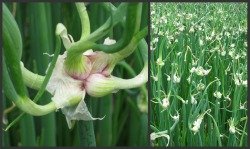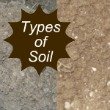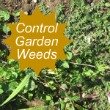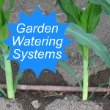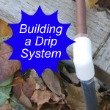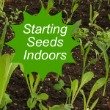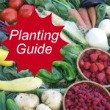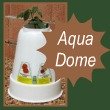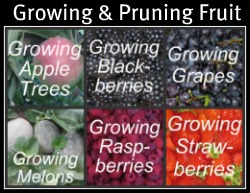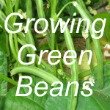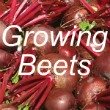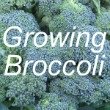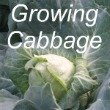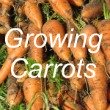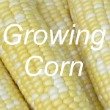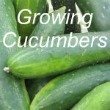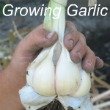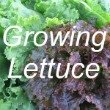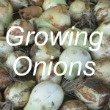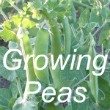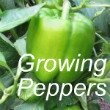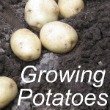|
Growing LettuceI can’t imagine a garden without growing lettuce. It’s the heart of a salad. There’s something different about eating fresh lettuce from the garden compared to what you can buy in the store. 
You can mix the delicious lettuce leaves with cucumbers, carrots, peppers, tomatoes, broccoli, peas and so many other vegetables. Add a light sprinkling of vinegar or dressing and enjoy a wonderful meal. Eating fresh garden lettuce helps you maintain a healthy life style. Lettuce adds a lot of fiber to your diet. Planting Lettuce Planting Lettuce
There are so many varieties to choose from. The lettuce plants with deep green or red leaves are loaded with phytonutrients. A garden blend gives you several varieties in one package. It’s like planting a mixed salad. Create fertile loamy garden soil by adding manure and organic matter to your garden each year. Add 16-16-16 fertilizer to your row before planting lettuce. You can also add elemental sulfur to the soil if it’s too alkaline. Rototill the fertilizer in and rake the tilled soil back to the center of the row. Prepare a smooth planting area for the lettuce. See
Types of Soil. You can run a drip line in between the two rows and water both rows at the same time. Lettuce is a water loving vegetable. Make sure the lettuce doesn’t get dry. Water the lettuce twice a week. See
Garden Watering Systems. When the weather starts getting hot and the lettuce starts getting a bitter taste, pull out the lettuce. This leaves room for the onions to get big. Keep your garden weeded. See
Garden Weeds. Spring Lettuce SeedlingsYou can prepare your garden soil for lettuce in the fall. Then you can plant your lettuce in March without having to do anything to the soil. Plant lettuce seeds directly into your garden or transplant seedlings that you’ve started indoors. See
Starting Seeds Indoors. Lettuce that’s been “hardened” can handle some snow and a light frost. It’s best to grow leaf lettuce in your spring garden. The head lettuce doesn't have time to mature before the weather gets hot. It won’t develop properly. Fall Lettuce Seedlings
Lettuce seeds will not germinate in soil that is above 85°F. At the beginning of July, start your lettuce seeds inside the house. After the seeds have germinated and the lettuce begins to grow, you can transplant the lettuce seedlings into the garden. Water the seedlings everyday until they establish a strong root system. Then cut back and water the lettuce plants twice a week. You can plant head lettuce or leaf lettuce in your fall garden. Harvesting Lettuce
Harvest your growing lettuce while during the cool weather – Spring & Fall. It’s delicious. If you harvest your lettuce in the heat of the summer, it will have a strong or bitter taste. Harvest your leaf lettuce by cutting off most of the outer leaves. Leave the small center leaves intact. The lettuce plant will continue producing leaves. When you harvest your head lettuce leave a few leaves at the bottom of the lettuce plant. Another head will grow back. |





 Another way to optimize the space in your garden is to plant the lettuce next to the onions. The onions won't start getting big until lettuce season is over.
Another way to optimize the space in your garden is to plant the lettuce next to the onions. The onions won't start getting big until lettuce season is over. 
